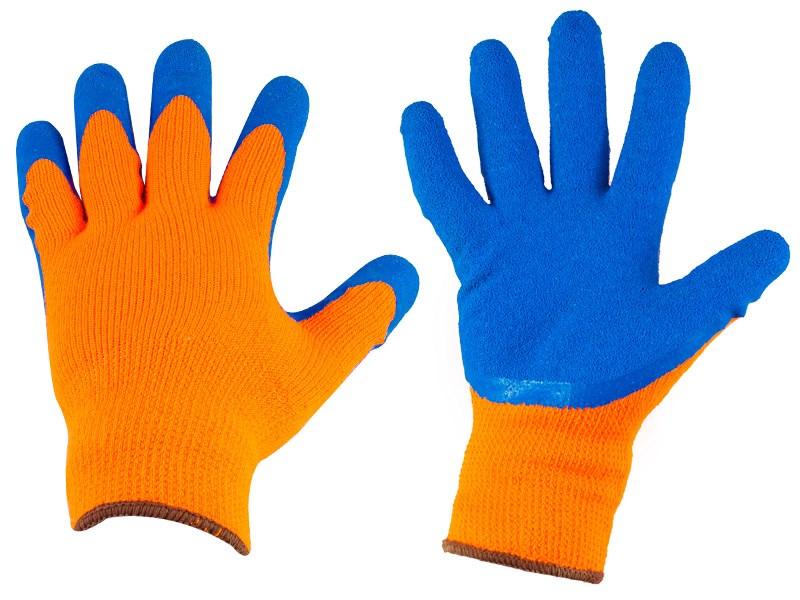Latex Coating: A Robust and Flexible Method for Protecting Surfaces

Latex coating has become increasingly popular in the construction industry over the past few decades due to its wide range of benefits. Latex coatings offer an affordable, durable and eco-friendly solution for indoor and outdoor applications.
Composition and Chemistry
Latex coating is composed of polymer latex suspended in water. The key ingredient is synthetic rubber latex, which is an emulsion of polymer microparticles. Common polymers used include styrene-butadiene rubber (SBR), acrylic polymer, and vinyl acetate copolymer. Additives such as fillers, pigments, coalescing agents and thickeners are also added to achieve desired properties and performance.
When latex coating is applied to a surface, the water evaporates and the polymer particles fuse together, leaving a continuous film. This film formation process is known as coalescence. The end result is a tough, flexible and water-resistant solid coating. Compared to conventional oil-based coatings, latex offers superior adhesion, durability and resilience due to its elastomeric properties.
Applications and Uses
Given its affordable cost, ease of application and durable finish, Latex Coating has gained widespread popularity for indoor and outdoor usage:
Walls and Ceilings: Latex paint is the most common choice for residential and commercial interior walls and ceilings due to its low odor and fast dry time. It offers an easy cleanable, washable and scrubbable surface.
Doors and Windows: Both interior and exterior doors made of wood, vinyl or aluminum can be coated with latex paint for protection and appearance upgrading. It adheres well to these surfaces.
Decks, Patios and Porches: For outdoor wooden structures and concrete surfaces, 100% acrylic latex offers superior resistance to water, fading, cracking and peeling compared to conventional alkyd oil paints. Some lines also contain added mildewcides.
Roofs: Certain latex coatings such as elastomeric roof coatings are great at sealing, protecting and reflecting sunlight on flat or low-slope roofs including concrete, metal and old roofs. They extend the lifespan of the roof significantly.
Other Uses: Latex is also used for coating tools, machinery, vehicles, boats and pool surroundings for its durable finish and resistance to abrasion.
By combining the flexibility and adhesion properties of rubber with the easy cleanup of water, latex coating has rightfully become the material of choice for both DIY and commercial construction applications. Its low toxic profile, durability, affordable cost and environmental friendliness make it a sustainable choice in the long run. With continuous innovations by manufacturers, latex is expected to gain further popularity globally and push the boundaries in terms of performance.
Get more insights on Latex Coating
- Art
- Causes
- Crafts
- Dance
- Drinks
- Film
- Fitness
- Food
- Jocuri
- Gardening
- Health
- Home
- Literature
- Music
- Networking
- Alte
- Party
- Religion
- Shopping
- Sports
- Theater
- Wellness
- IT, Cloud, Software and Technology


